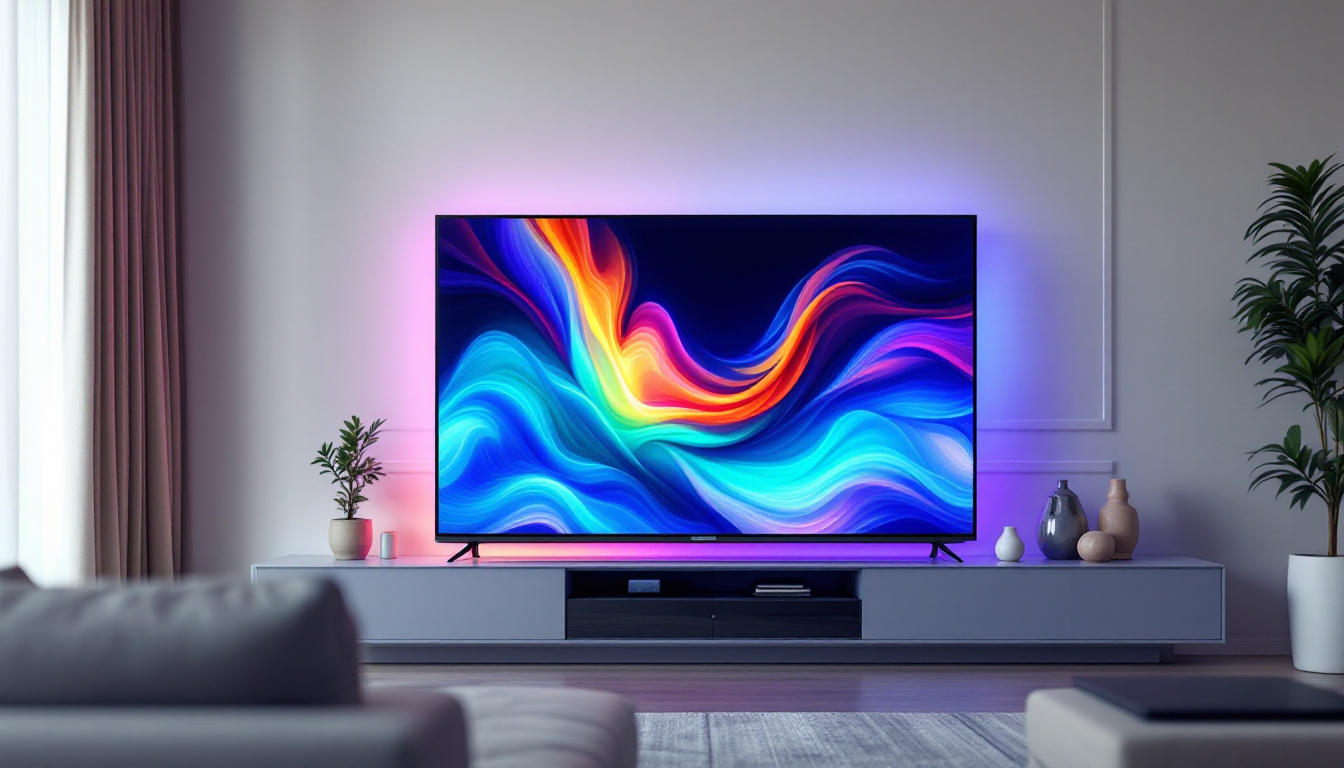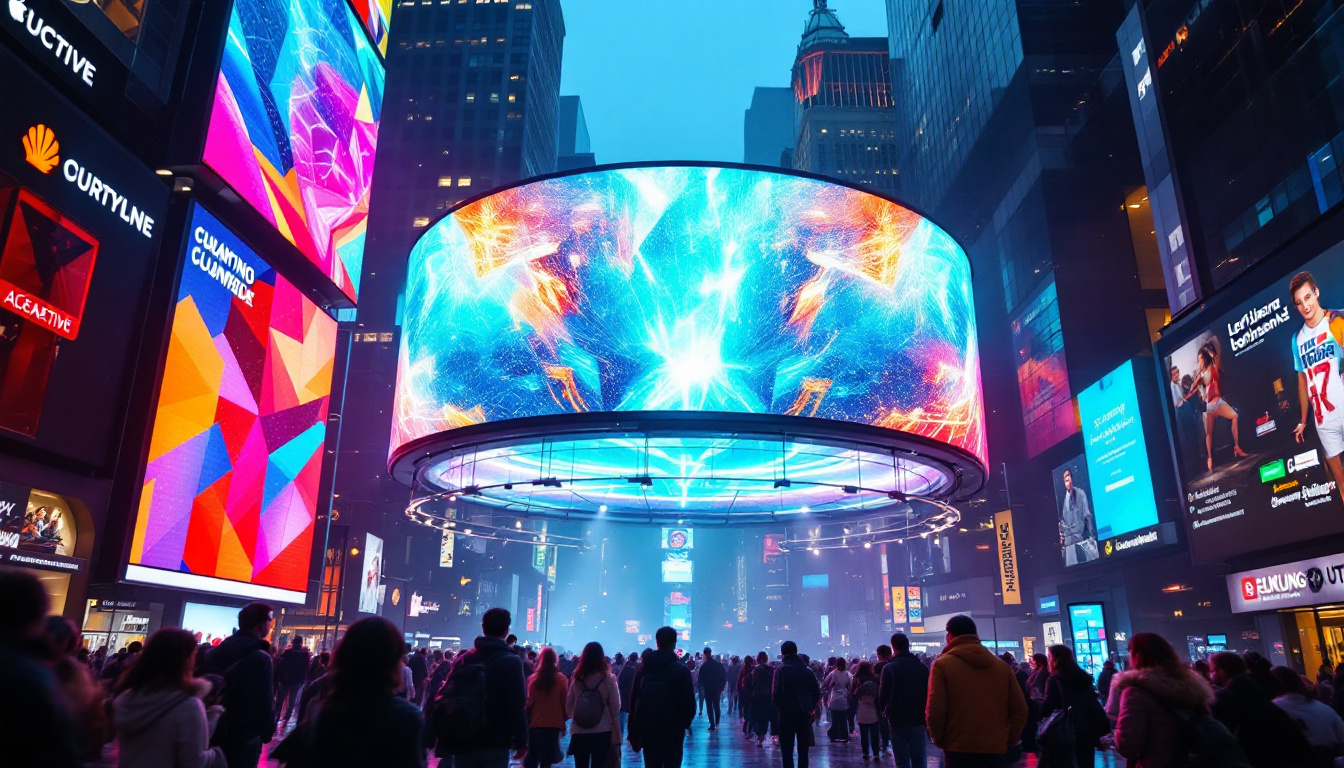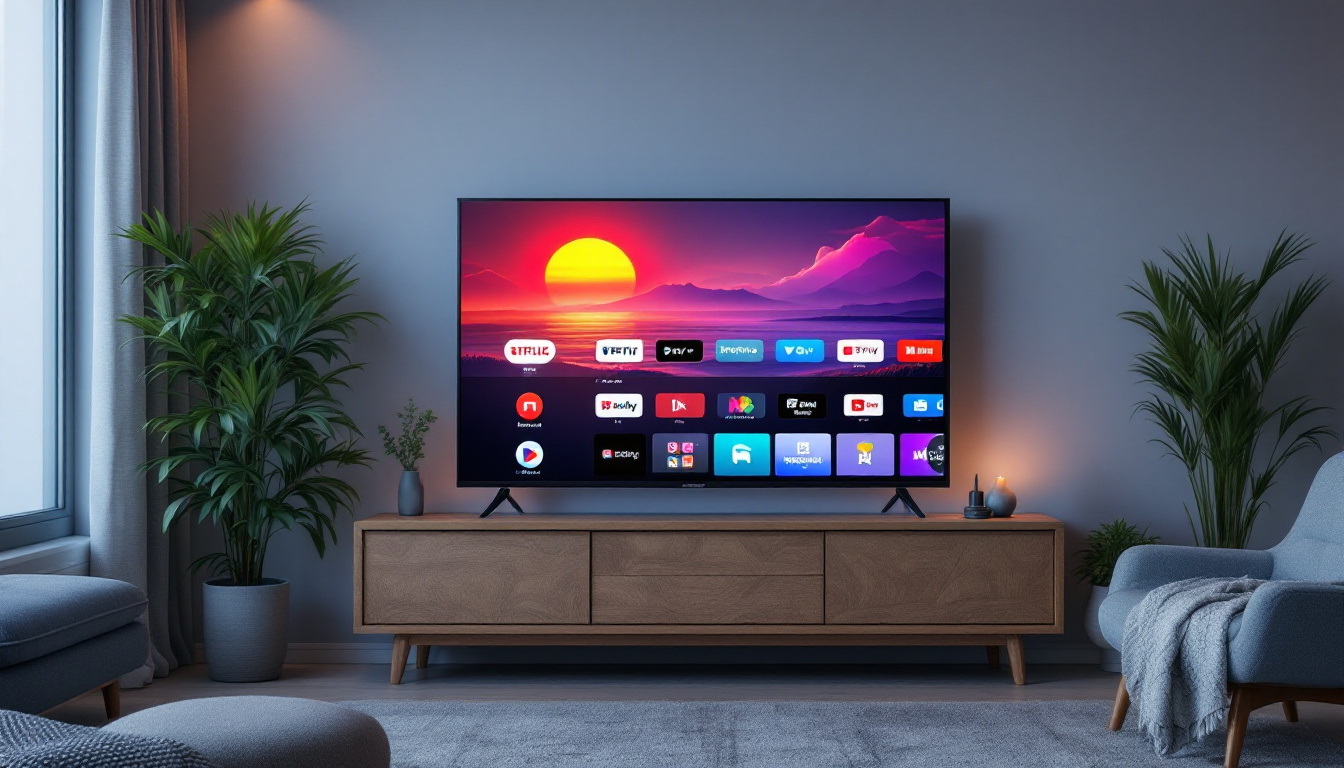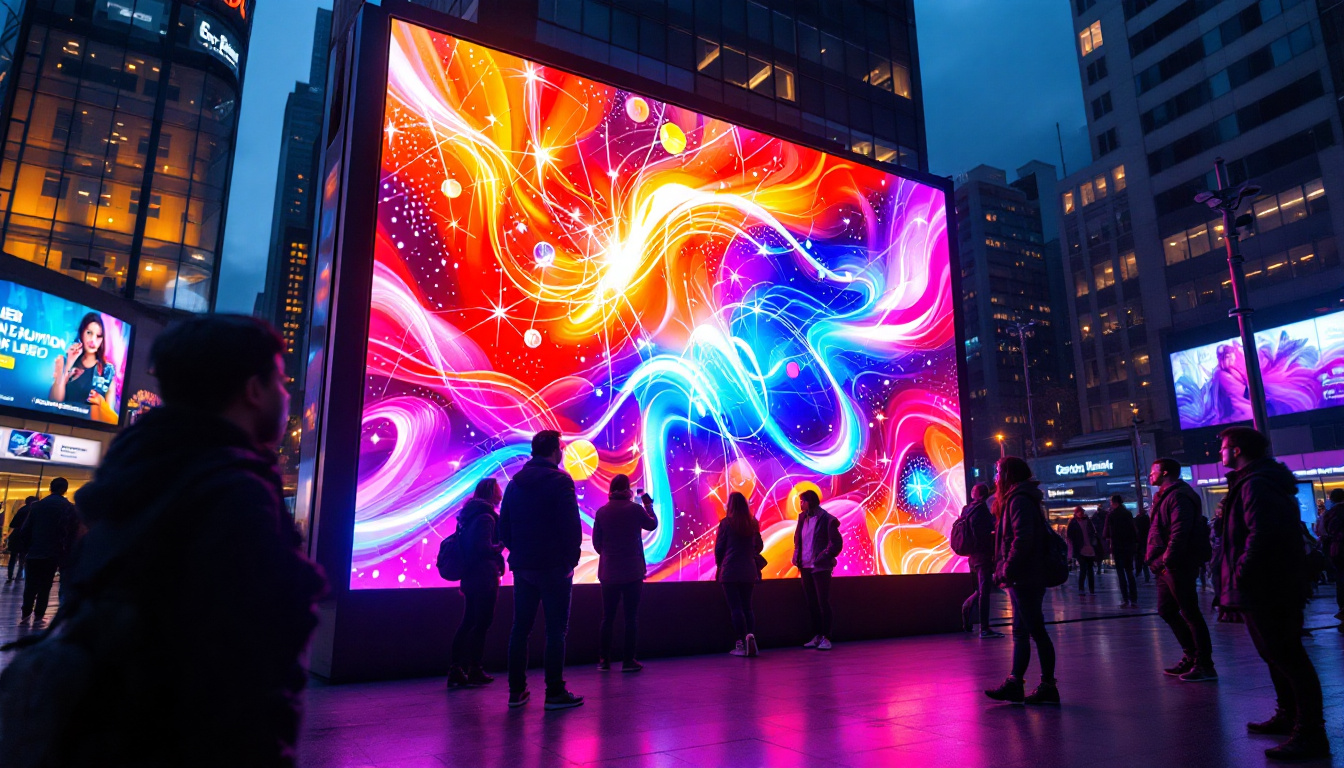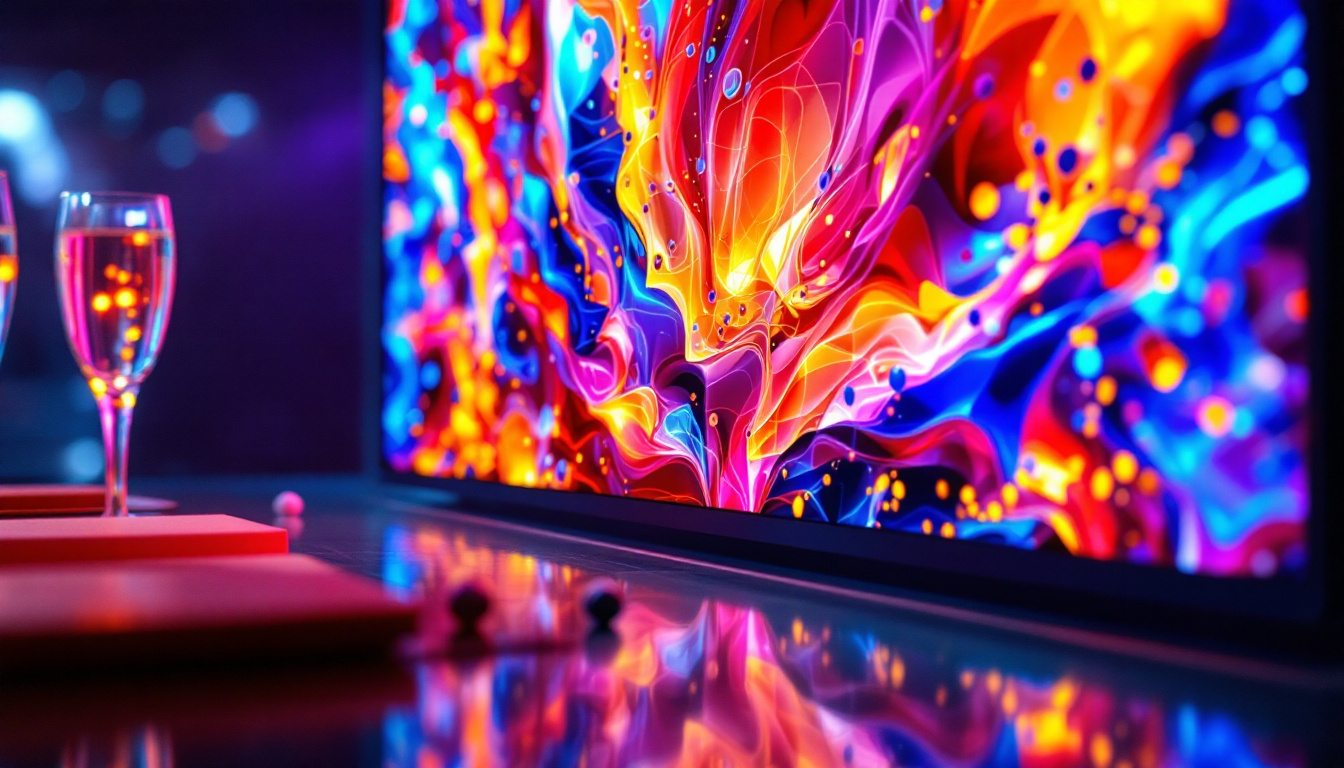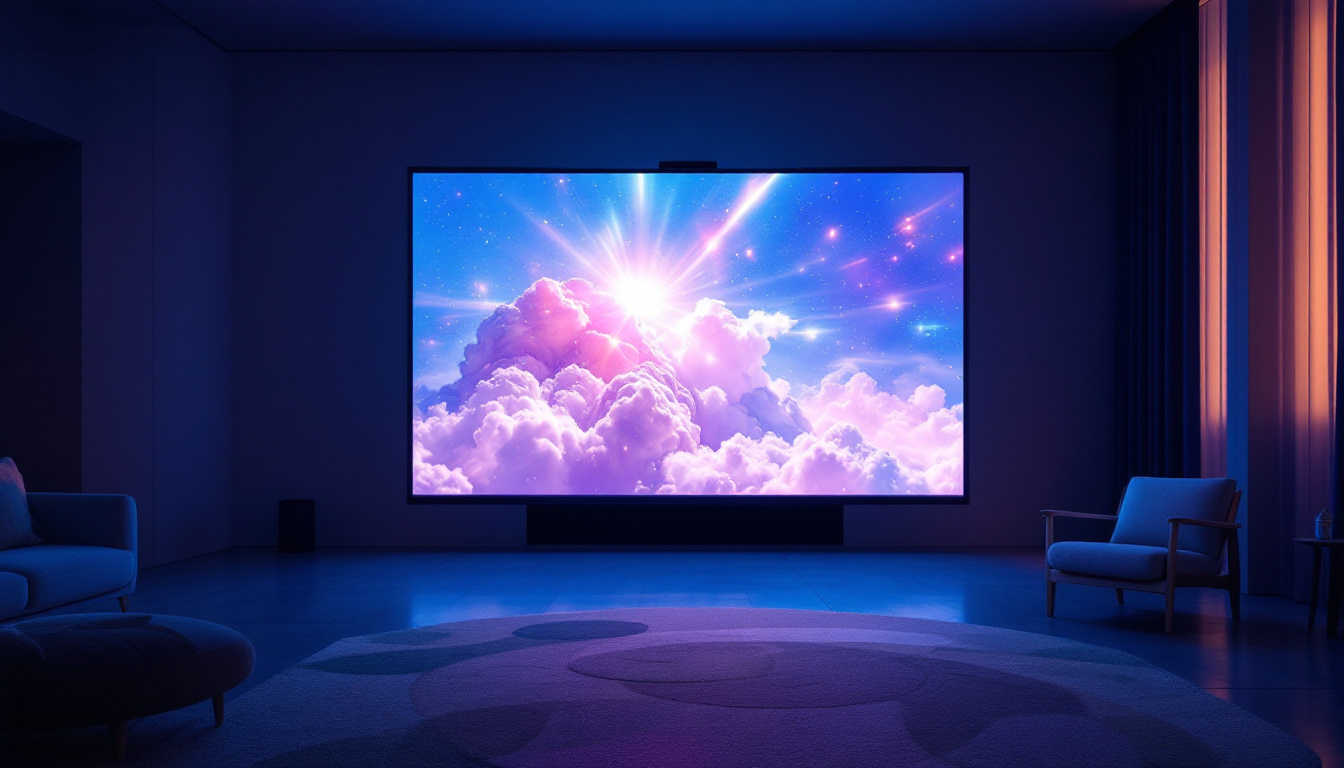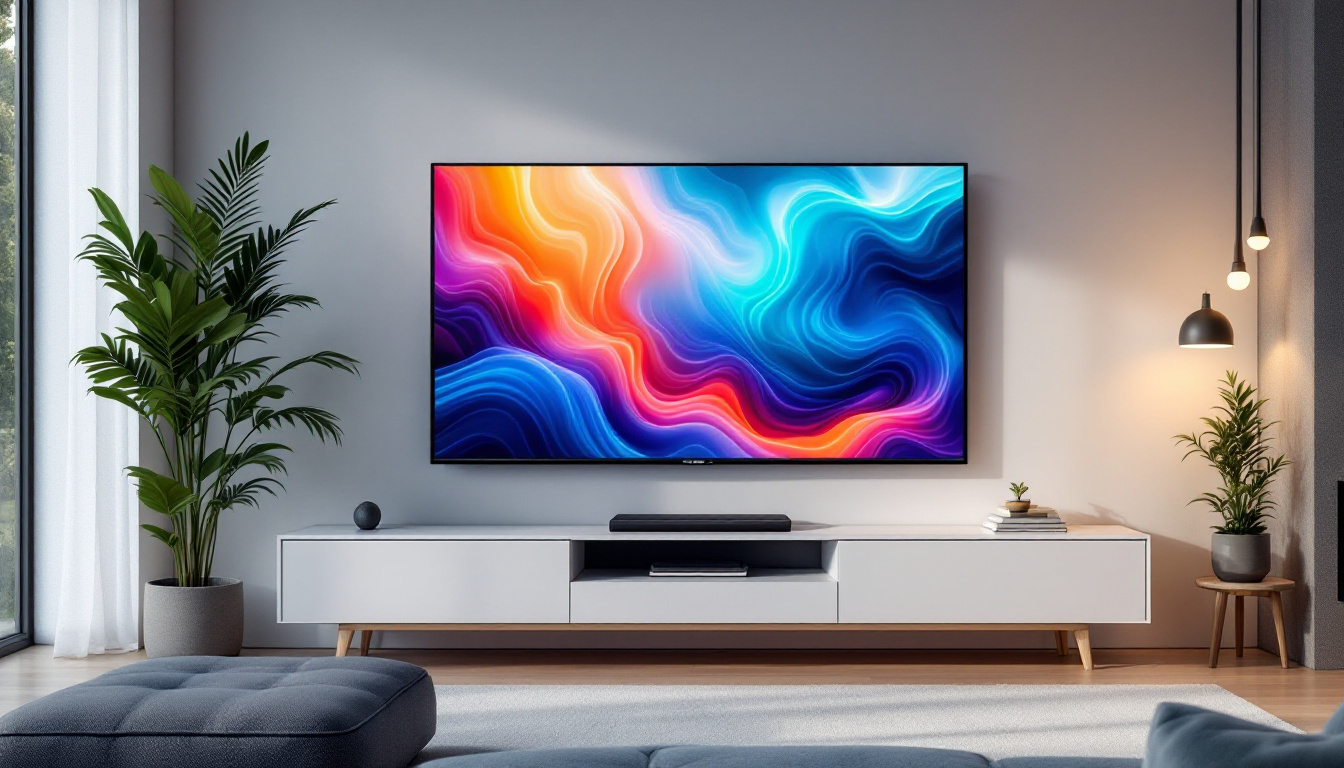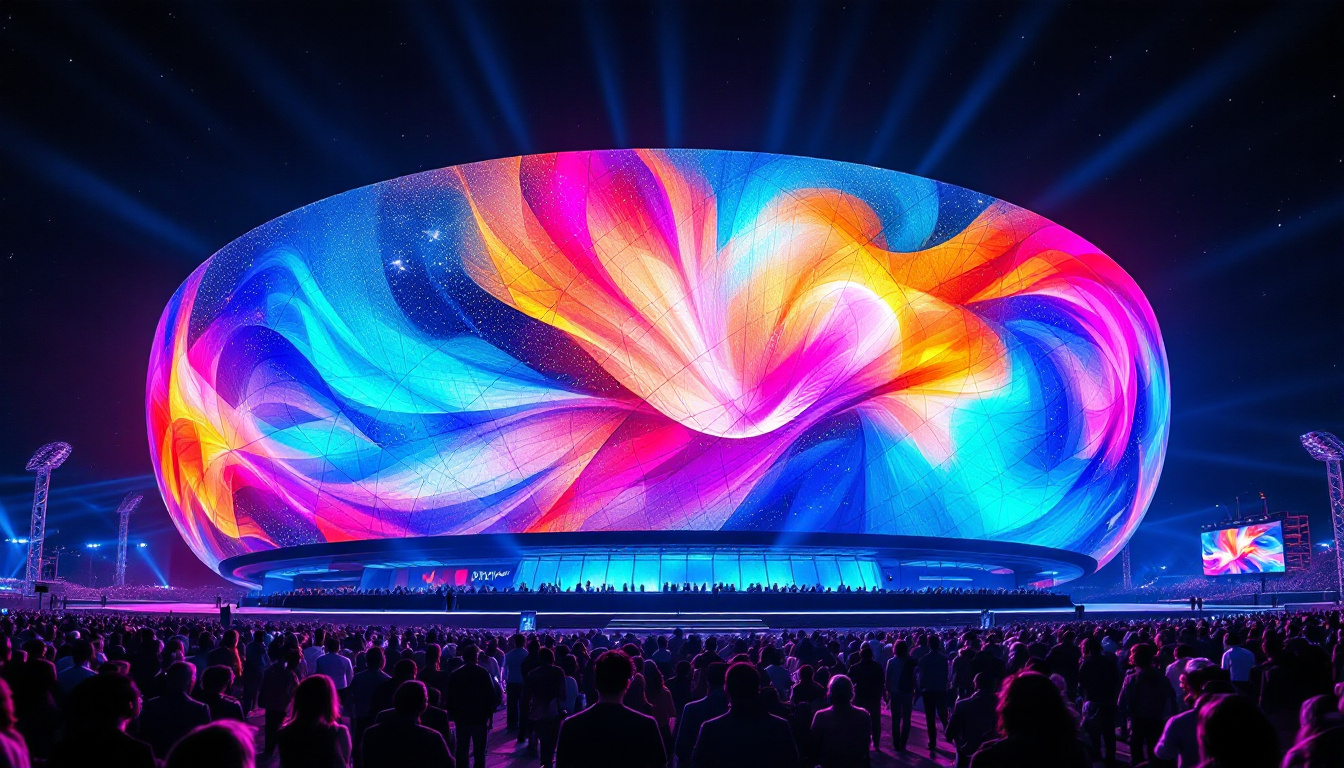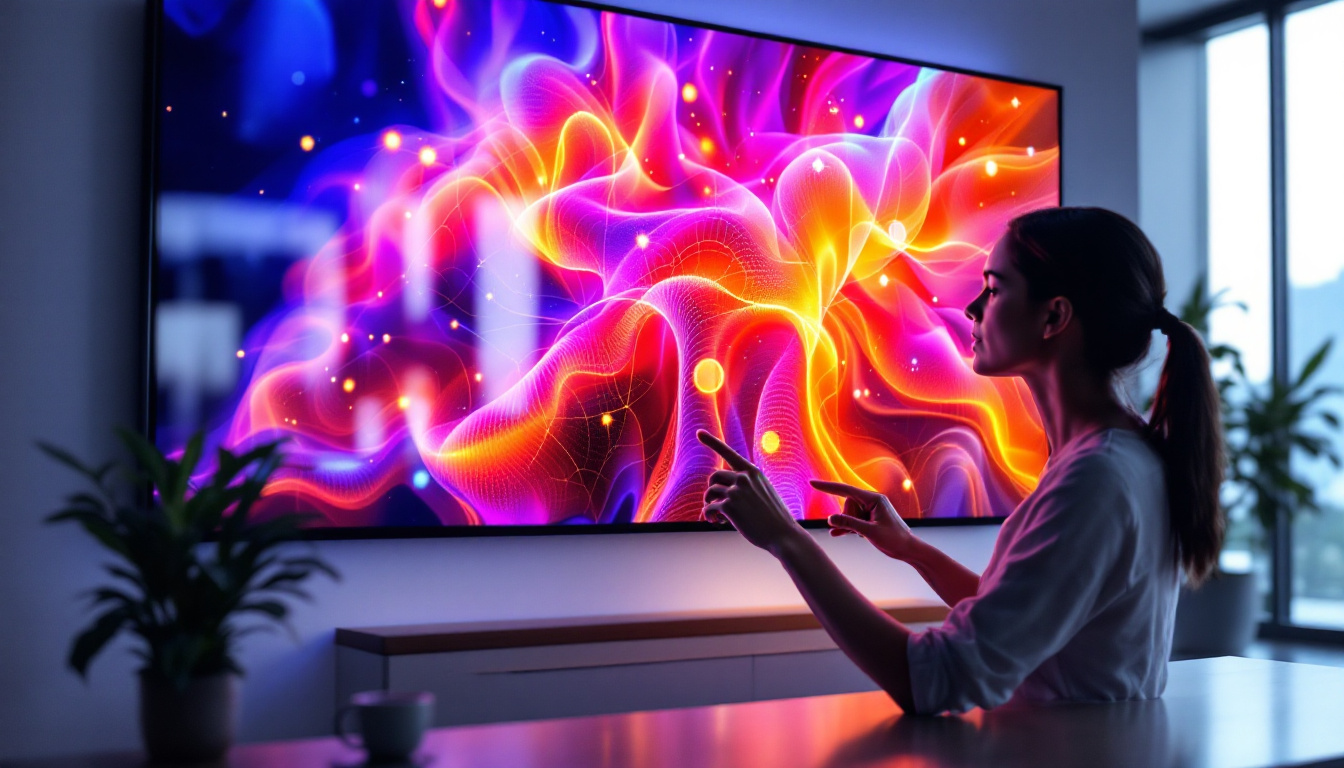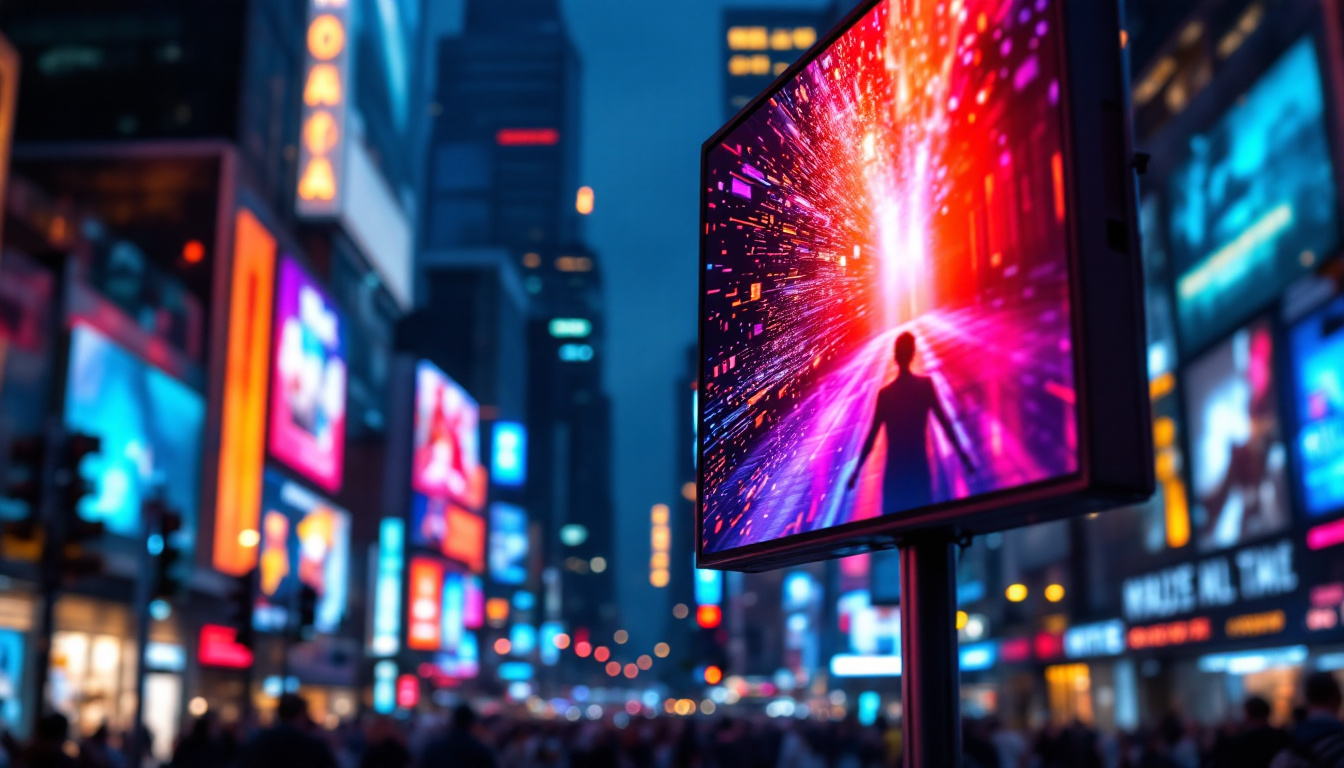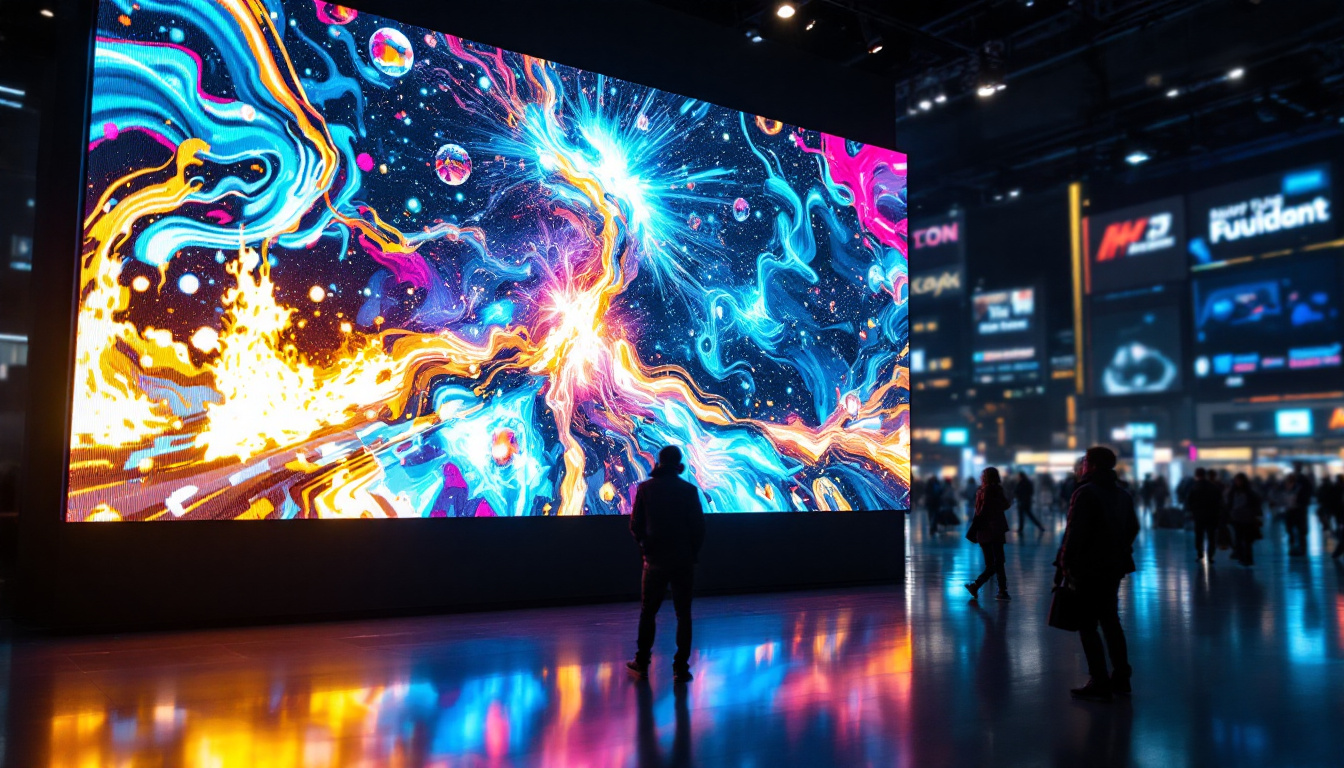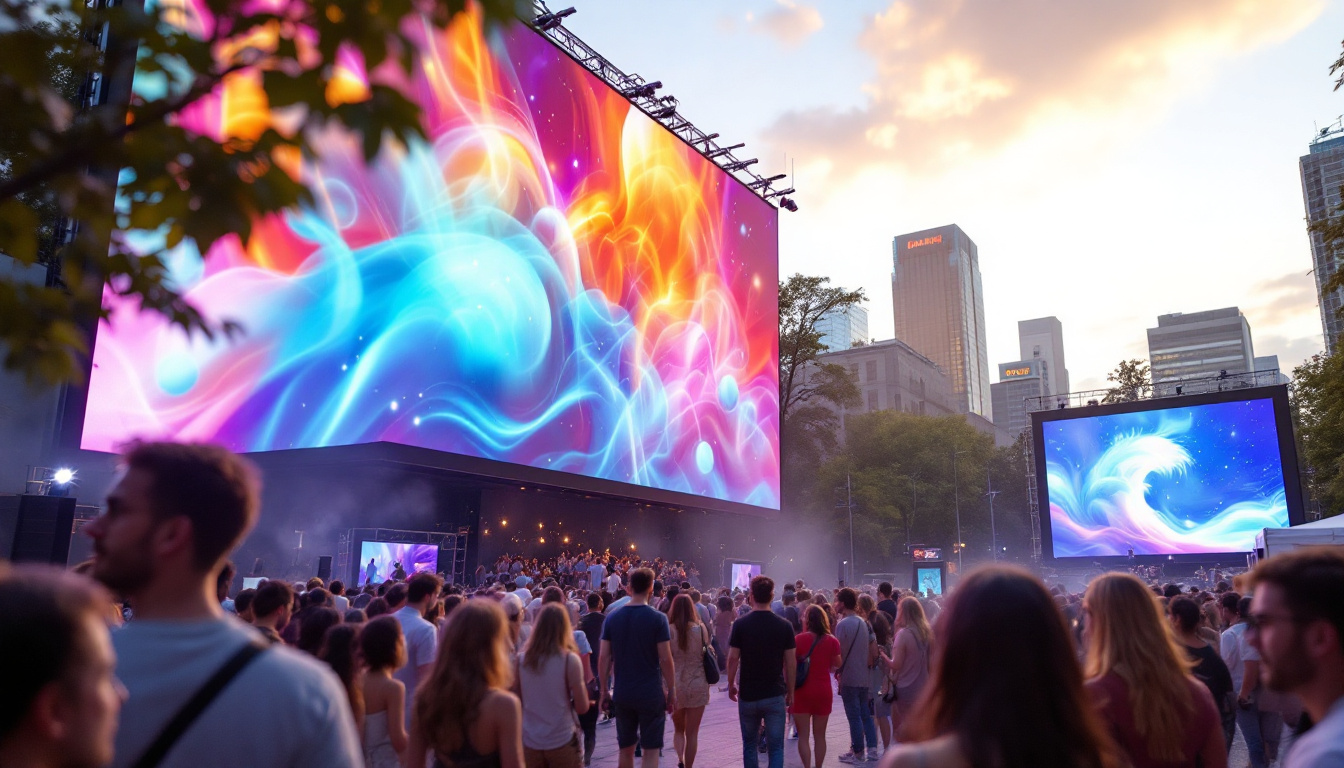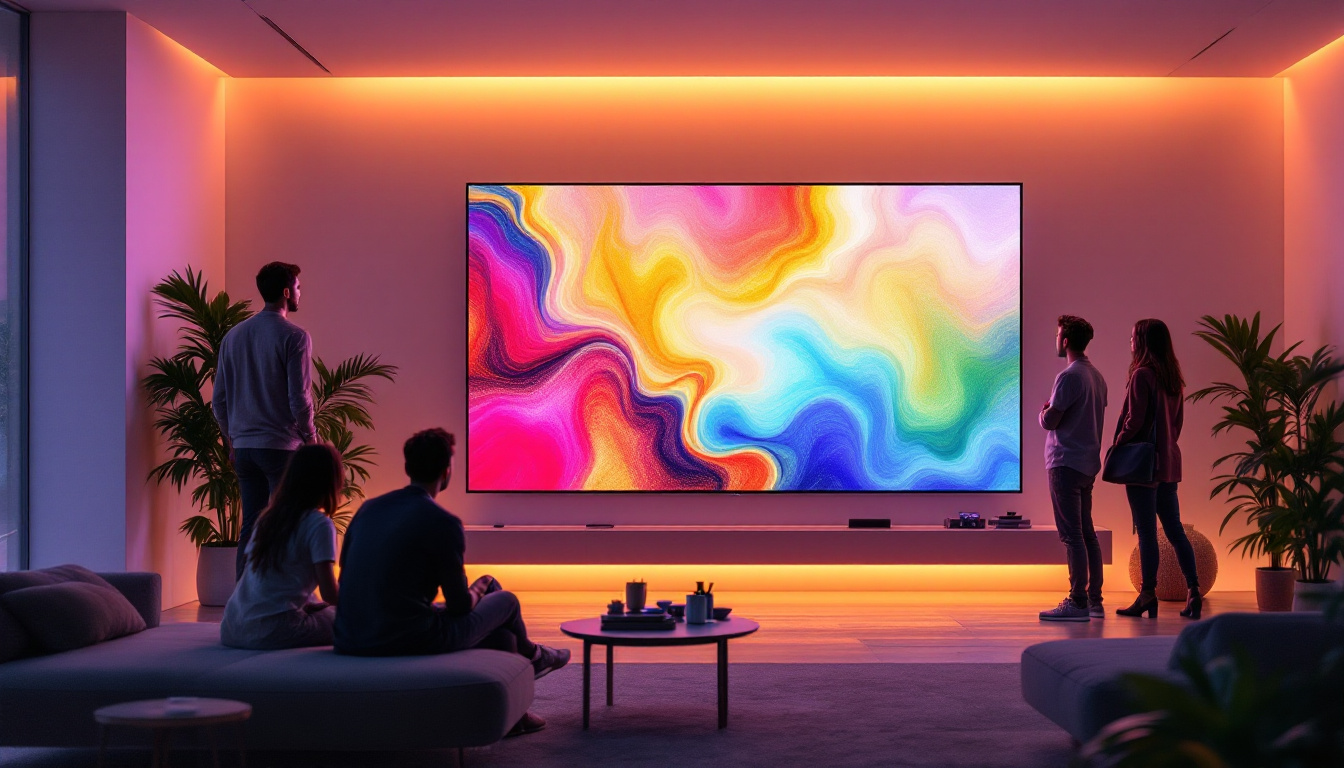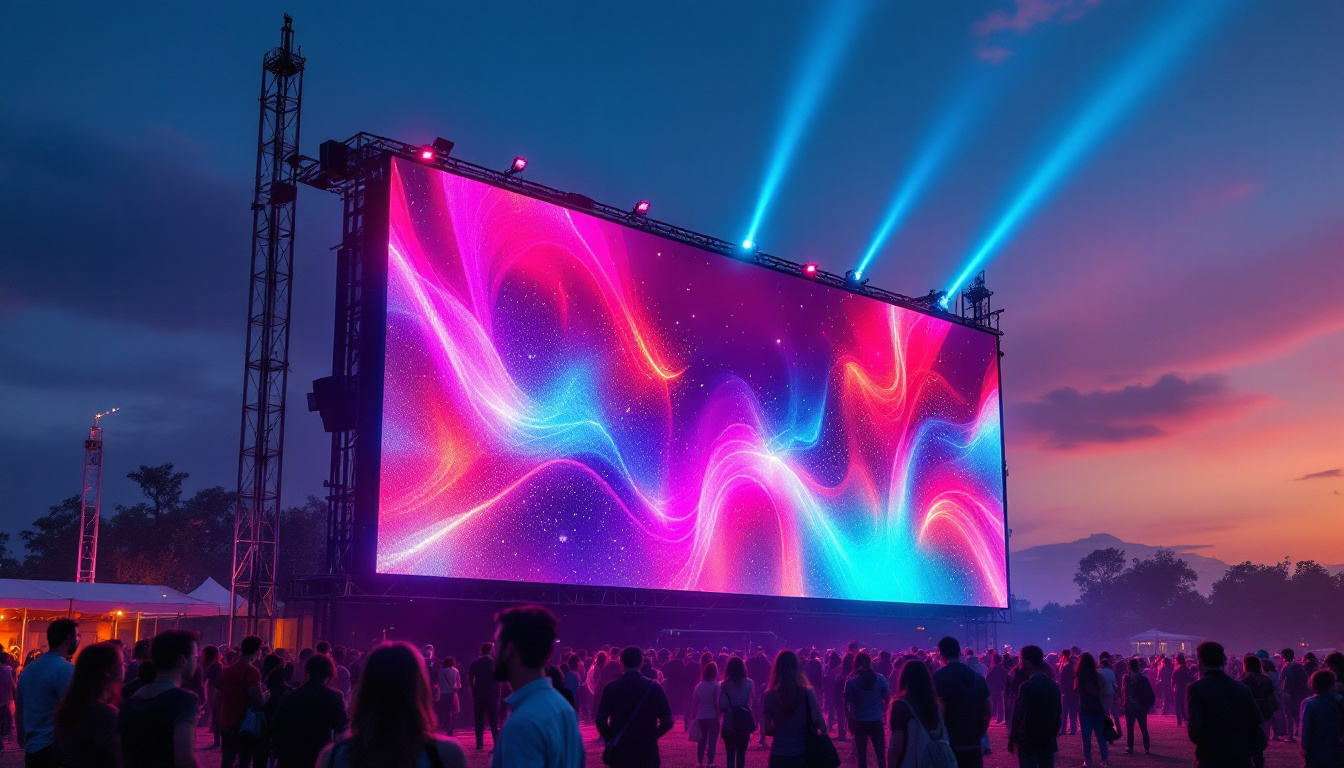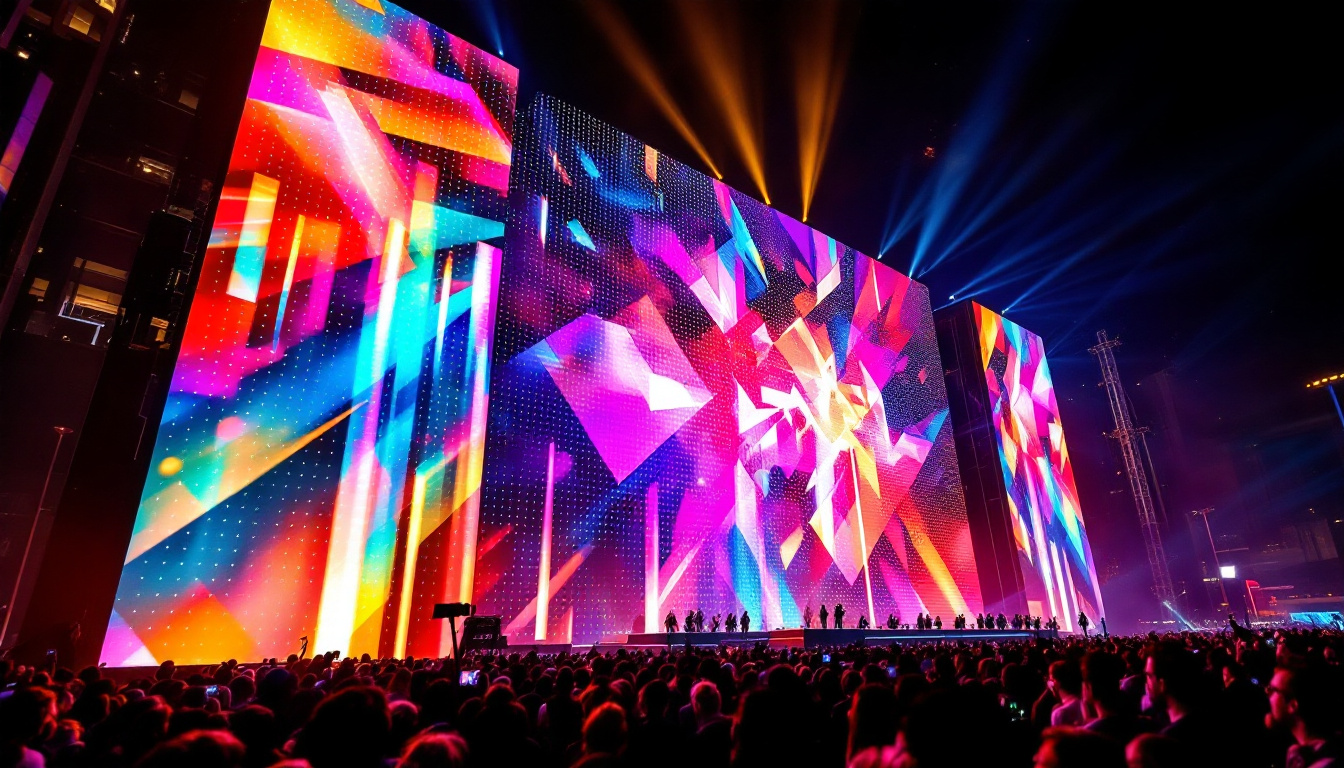Large TV On Sale: LED Display Explained
The world of television technology has evolved dramatically over the past few decades, and one of the most significant advancements has been the introduction of LED displays. As large TVs become more accessible and affordable, understanding the intricacies of LED technology is crucial for consumers looking to make informed decisions. This article delves into what LED displays are, their benefits, and why they are a popular choice for home entertainment systems.
Understanding LED Displays
LED, or Light Emitting Diode, displays utilize a series of tiny diodes to produce images on the screen. Unlike traditional LCD screens that rely on fluorescent backlighting, LED displays use these diodes to emit light directly. This fundamental difference in technology leads to a variety of advantages, making LED displays a preferred choice for many consumers.
How LED Technology Works
At its core, LED technology operates by passing an electric current through a semiconductor material, which then emits light. This process allows for a more energy-efficient display compared to older technologies. In LED TVs, the diodes can be arranged in different configurations, such as edge-lit or full-array, which impacts the overall picture quality and brightness.
Edge-lit LED TVs have diodes placed along the edges of the screen, allowing for a thinner design but sometimes sacrificing uniformity in brightness. In contrast, full-array LED TVs feature diodes spread across the entire back of the screen, providing better control over local dimming and enhancing contrast ratios. This means that darker scenes can appear deeper and more detailed. Additionally, the ability to control individual zones of brightness in full-array displays results in a more dynamic viewing experience, particularly beneficial for high-definition content or movies with intricate visual effects.
Types of LED Displays
There are several types of LED displays available in the market today, each catering to different preferences and budgets. The most common types include:
- Standard LED: These are the most basic form of LED displays, offering decent picture quality and brightness for everyday viewing.
- QLED: Quantum Dot LED technology enhances color accuracy and brightness, making these displays ideal for vibrant content.
- OLED: While technically not an LED technology, OLED (Organic Light Emitting Diode) displays provide superior contrast and color depth by allowing each pixel to emit its own light.
Beyond these primary types, there are also specialized LED displays designed for specific applications. For instance, MicroLED technology is emerging as a revolutionary option, featuring microscopic LEDs that can create stunningly high-resolution images with perfect blacks and incredible brightness. This technology is still in its infancy but promises to deliver unparalleled performance in the near future. Furthermore, LED displays are not limited to televisions; they are widely used in advertising billboards, digital signage, and even in smartphones, showcasing their versatility and adaptability across various platforms.
Moreover, the advancements in LED technology have led to improvements in durability and lifespan. Modern LED displays can last for tens of thousands of hours, making them a cost-effective investment over time. Additionally, the increasing focus on energy efficiency in manufacturing processes has resulted in displays that consume less power, contributing to lower electricity bills and a reduced carbon footprint. As consumers become more environmentally conscious, these features are likely to play a significant role in the decision-making process when selecting a new display.
Benefits of LED Displays
LED displays come with a host of benefits that make them an attractive option for consumers. From energy efficiency to superior picture quality, these advantages are worth considering when shopping for a new large TV.
Energy Efficiency
One of the standout features of LED technology is its energy efficiency. Compared to traditional LCD and plasma screens, LED TVs consume significantly less power. This not only helps reduce electricity bills but also contributes to a lower carbon footprint, making them an environmentally friendly choice.
With energy-efficient models, consumers can enjoy high-quality viewing without the guilt of excessive energy consumption. Many LED TVs also come with energy-saving modes that further optimize power usage, allowing for prolonged viewing without worrying about the impact on energy bills.
Enhanced Picture Quality
LED displays are renowned for their ability to deliver stunning picture quality. The brightness levels achieved by LED technology are often superior to those of other types of displays, resulting in vibrant colors and sharp images. Whether watching a blockbuster movie or playing video games, the clarity and detail provided by LED screens enhance the overall viewing experience.
Moreover, advancements in HDR (High Dynamic Range) technology have further improved the picture quality of LED displays. HDR allows for a wider range of colors and contrasts, enabling viewers to see more details in both bright and dark scenes.
Choosing the Right Large TV
When considering a large TV, several factors come into play beyond just the display technology. Understanding these factors can help consumers make a more informed choice that suits their needs and preferences.
Screen Size and Viewing Distance
Screen size is a critical consideration when purchasing a large TV. The ideal size often depends on the viewing distance from the screen. As a general rule, the larger the screen, the farther away viewers should sit to avoid eye strain and to appreciate the full quality of the display.
For example, if the viewing distance is around 8 to 10 feet, a 65-inch to 75-inch TV is typically recommended. This ensures that viewers can enjoy the immersive experience that large screens provide without compromising visual comfort.
Resolution Matters
Resolution is another essential factor to consider when selecting a large TV. Modern LED displays typically come in various resolutions, including Full HD (1080p), 4K (2160p), and even 8K (4320p). Higher resolutions offer more pixels, resulting in sharper images and finer details.
For most consumers, a 4K resolution is ideal, as it provides a significant upgrade from Full HD while remaining more affordable than 8K options. Additionally, many streaming services and gaming consoles now support 4K content, making it a practical choice for modern entertainment.
Price Considerations
As large TVs go on sale, price becomes a significant factor in the purchasing decision. Understanding the price spectrum can help consumers identify the best deals without compromising on quality.
Budget-Friendly Options
For those on a budget, there are plenty of LED TVs available that offer excellent value for money. Brands often release models that provide essential features without the bells and whistles of high-end models. These budget-friendly options are perfect for casual viewers who want a large screen for everyday use.
While these models may lack some advanced features like local dimming or high refresh rates, they still deliver satisfactory performance for regular viewing, making them a smart choice for families or individuals who prioritize cost-effectiveness.
Premium Models
On the other end of the spectrum, premium LED TVs come equipped with the latest technology and features. These models often boast superior picture quality, advanced HDR capabilities, and smart functionalities that enhance the viewing experience. For avid movie watchers or gamers, investing in a high-end model can significantly elevate their entertainment experience.
While the initial cost may be higher, the longevity and performance of premium models often justify the investment. Many consumers find that the enhanced features and picture quality make a noticeable difference in their viewing experience.
Smart Features and Connectivity
In today’s digital age, smart features have become a staple in modern televisions. Many large LED TVs now come equipped with smart capabilities that allow users to access streaming services, browse the internet, and control their TV with voice commands.
Smart TV Platforms
Different brands offer various smart TV platforms, each with its unique interface and features. Popular platforms include Android TV, Roku, and Tizen. These platforms provide access to a wide range of applications, allowing users to stream their favorite shows and movies seamlessly.
When selecting a large TV, it’s essential to consider the smart features that align with personal preferences. Some platforms may offer more extensive app libraries or better integration with smart home devices, making them more appealing to tech-savvy consumers.
Connectivity Options
Connectivity is another crucial aspect to consider when purchasing a large LED TV. Most modern TVs come equipped with multiple HDMI ports, USB ports, and even wireless connectivity options like Wi-Fi and Bluetooth. These features enable users to connect various devices, such as gaming consoles, sound systems, and streaming devices, enhancing the overall entertainment experience.
For those who plan to connect multiple devices, ensuring that the TV has sufficient ports is vital. Additionally, some TVs offer features like HDMI ARC (Audio Return Channel) and eARC (Enhanced Audio Return Channel), which simplify audio connections and improve sound quality.
Conclusion
As large TVs go on sale, understanding LED display technology becomes increasingly important for consumers. The advantages of LED displays, including energy efficiency, enhanced picture quality, and smart features, make them a compelling choice for modern home entertainment systems. By considering factors such as screen size, resolution, price, and connectivity options, consumers can make informed decisions that best suit their viewing needs.
Whether opting for a budget-friendly model or investing in a premium display, the right large LED TV can transform the home viewing experience, bringing movies, games, and shows to life like never before. With the right knowledge and understanding, consumers can navigate the vast array of options available and find the perfect large TV that fits their lifestyle.
Discover LumenMatrix’s Advanced LED Solutions
Ready to elevate your home entertainment with the latest in LED technology? Look no further than LumenMatrix, a pioneer in crafting immersive visual experiences. From the comfort of your living room to the excitement of outdoor displays, LumenMatrix offers a diverse range of LED solutions including Indoor and Outdoor LED Wall Displays, Vehicle LED Displays, and more. Embrace the future of visual communication with our innovative LED displays that promise to bring your favorite content to life. Check out LumenMatrix LED Display Solutions today and transform the way you watch, play, and engage.

